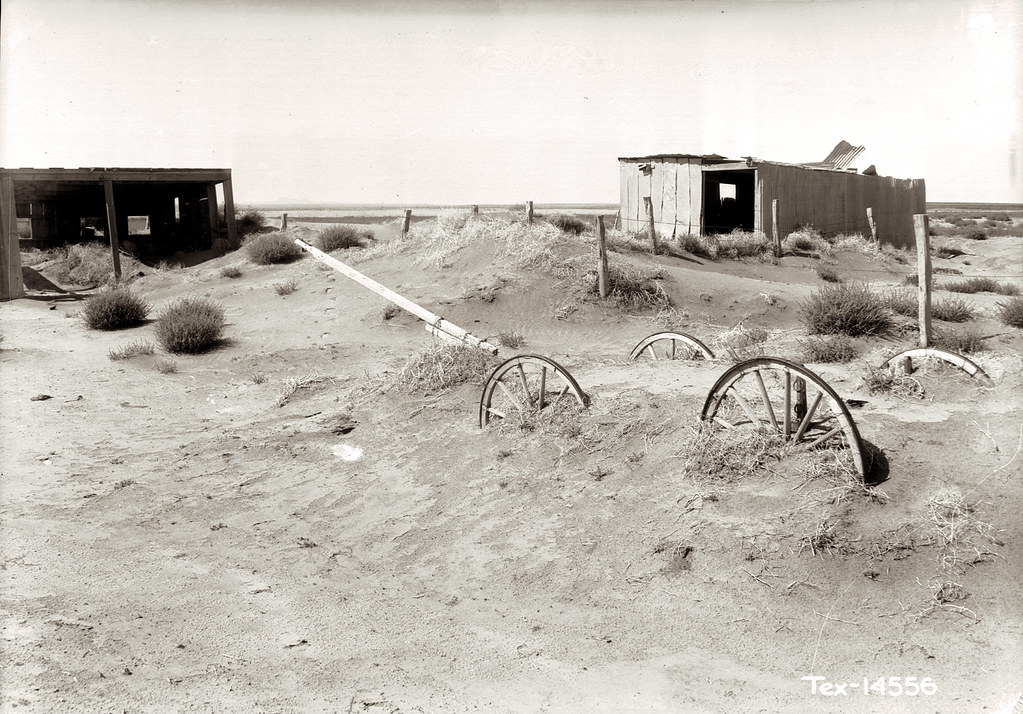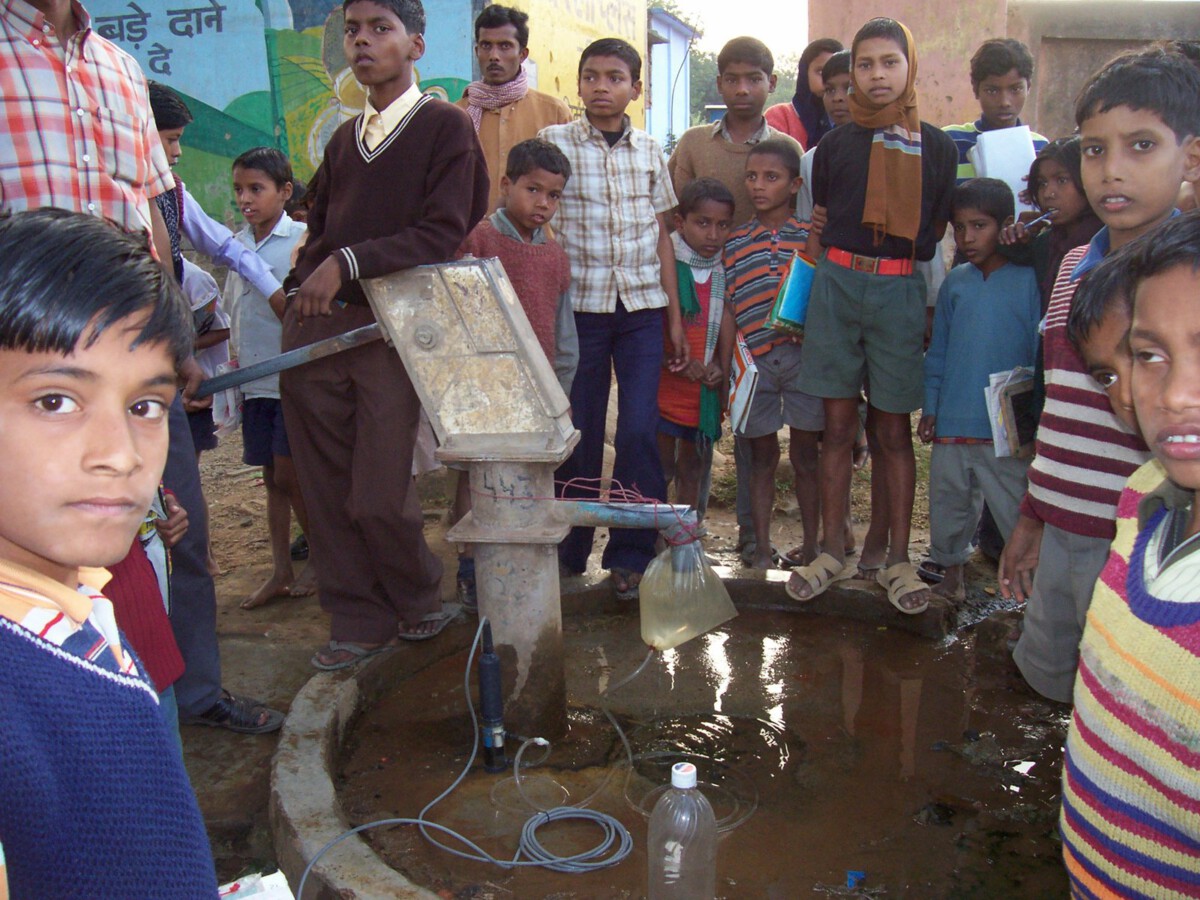Economic Devastation and Financial Ruin of Plains Farmers
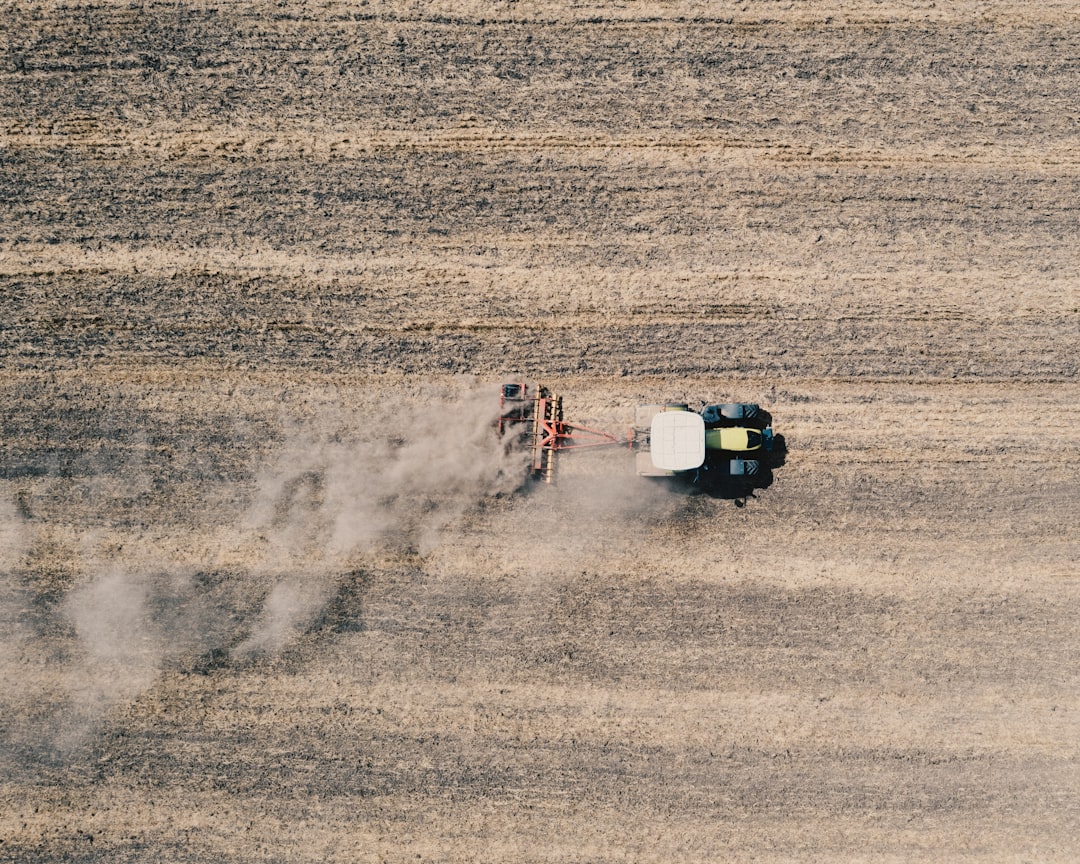
The Dust Bowl forced tens of thousands of poverty-stricken families, who were unable to pay mortgages or grow crops, to abandon their farms, and losses reached $25 million per day by 1936 (equivalent to $570 million in 2024). This catastrophic economic collapse reshaped entire communities across the Great Plains. Wheat prices fell from $1.18 per bushel in 1928 to 38 cents per bushel in 1932 and 1933; cotton prices fell from 19 cents to 6 cents per pound during the same period. Falling incomes, coupled with farmers’ declining access to credit due to the financial sector crisis, led to foreclosure and farm loss. The combination of environmental disaster and economic depression created a perfect storm that would permanently alter American agriculture.
Mass Migration and the “Okie” Phenomenon
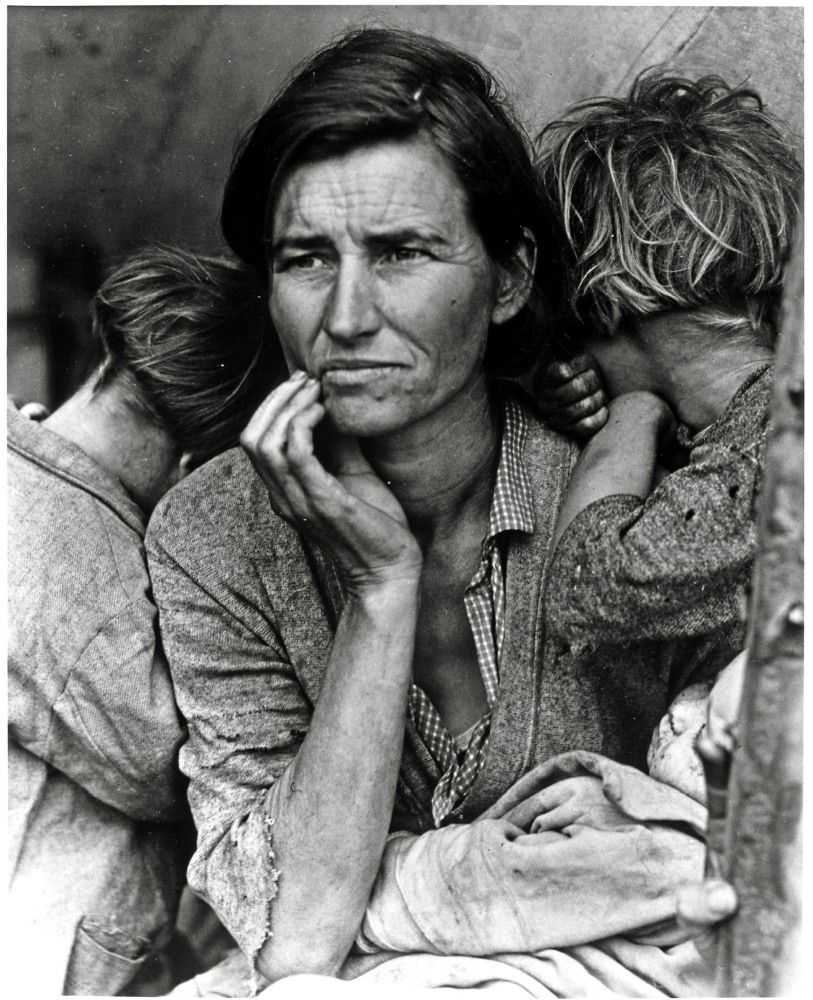
Roughly 2.5 million people migrated out of the Dust Bowl states as one of the largest migrations in American history. These migrants, often called “Okies,” became symbols of American resilience during one of the nation’s darkest hours. Many of these families, often called “Okies” because many of them came from Oklahoma, migrated to California and other states to find that the Great Depression had rendered economic conditions there little better than those they had left. Nearly half a million people (sometimes referred to as Okies) migrated out of Oklahoma, many of them tenant farmers who were forced to abandon their farms, about half of which ended up migrating to California during this period seeking jobs in places such as the profusely agricultural San Joaquin valley. The image of packed cars and desperate families traveling Route 66 became forever etched in American memory.
Environmental Scope and Geographic Impact
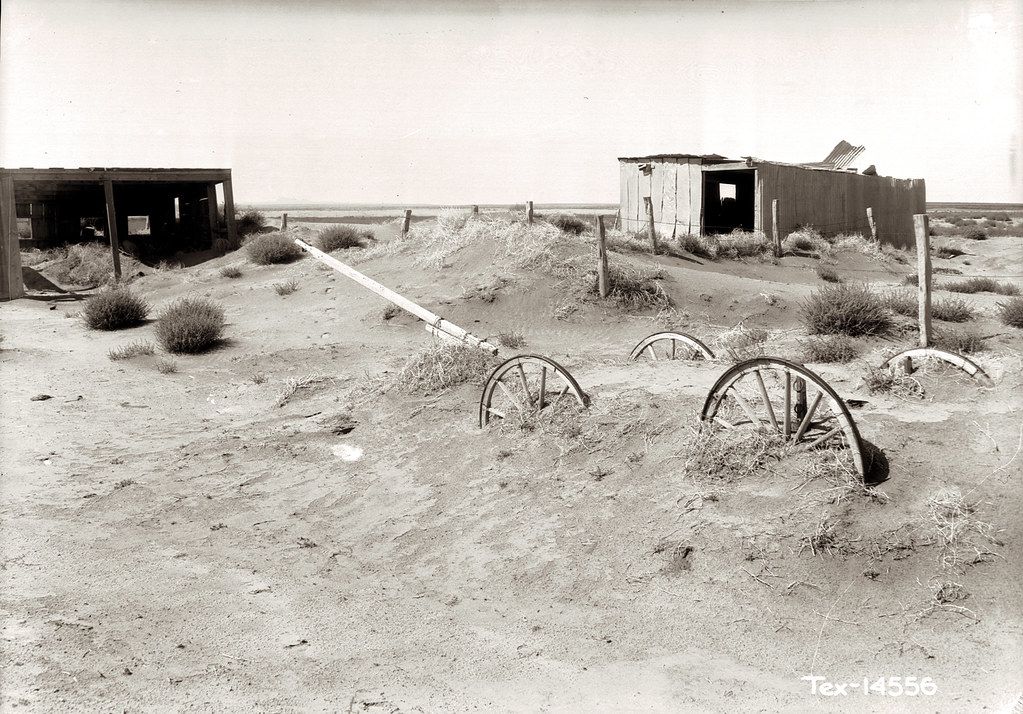
The drought and erosion of the Dust Bowl affected 100 million acres (400,000 km2) that centered on the Texas Panhandle and Oklahoma Panhandle and touched adjacent sections of New Mexico, Colorado, and Kansas. The scale of environmental destruction was unprecedented in American history. Most striking was the severity of the drought, the worst in more than hundred years of formal meteorological record keeping. Dust storms, like the famous Black Sunday storm of April 1935, were also more frequent and damaging. Severe wind erosion and occasional water erosion resulted in widespread loss of topsoil and declining agricultural productivity. The physical landscape of America’s heartland was forever changed by these devastating environmental forces.
California’s Agricultural Transformation Through Migrant Labor
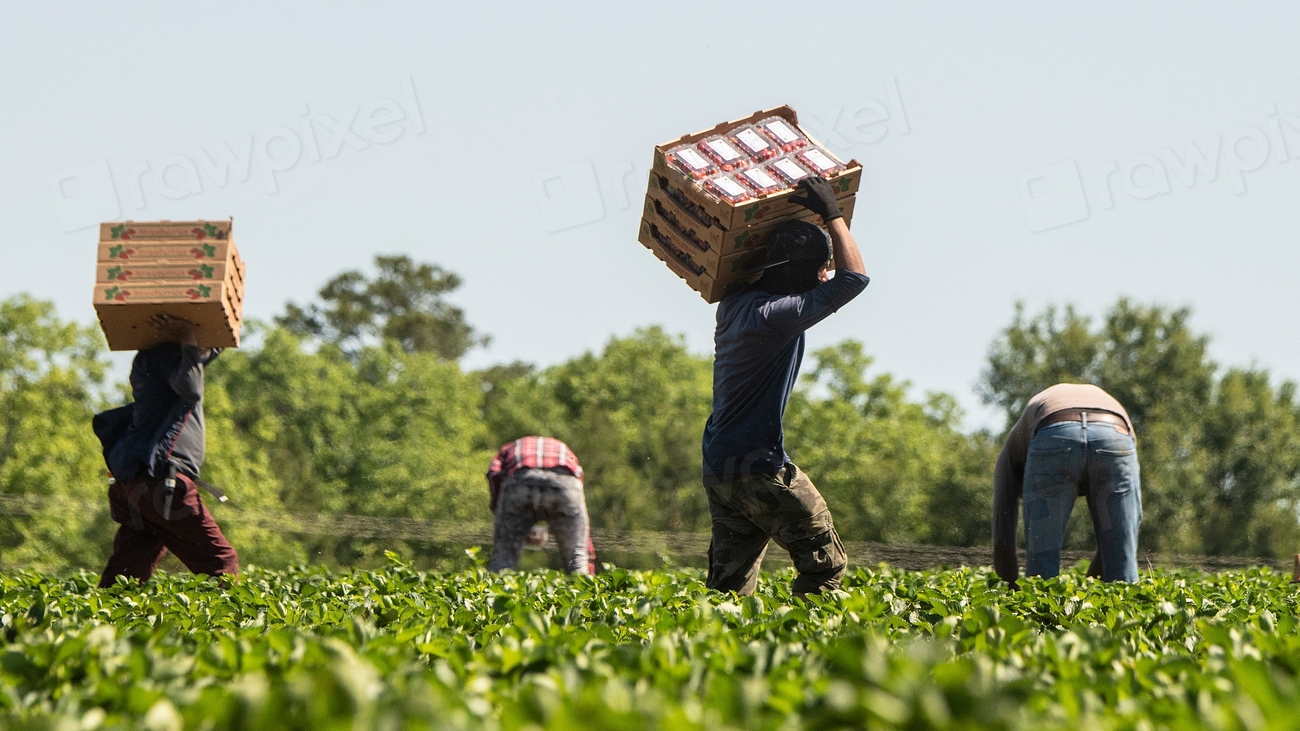
Growers in the San Joaquin Valley quadrupled their acreage in the mid-1930s. With that, the demand for workers rose. So did wages. California cotton growers paid nearly 50% more for picking cotton than farms in the southern plains. This migration fundamentally altered California’s agricultural workforce. Before the Depression, 20% of migrant workers were white. By 1936, the number had increased to 85%. The Okies changed the composition of California farm labor. They displaced the Mexican workers who had dominated the work force for nearly two decades. They lowered the standard of living for farm workers, and delayed their unionization efforts. The shift created lasting changes in labor practices that would define California agriculture for decades.
Federal Response and Conservation Policy Innovation
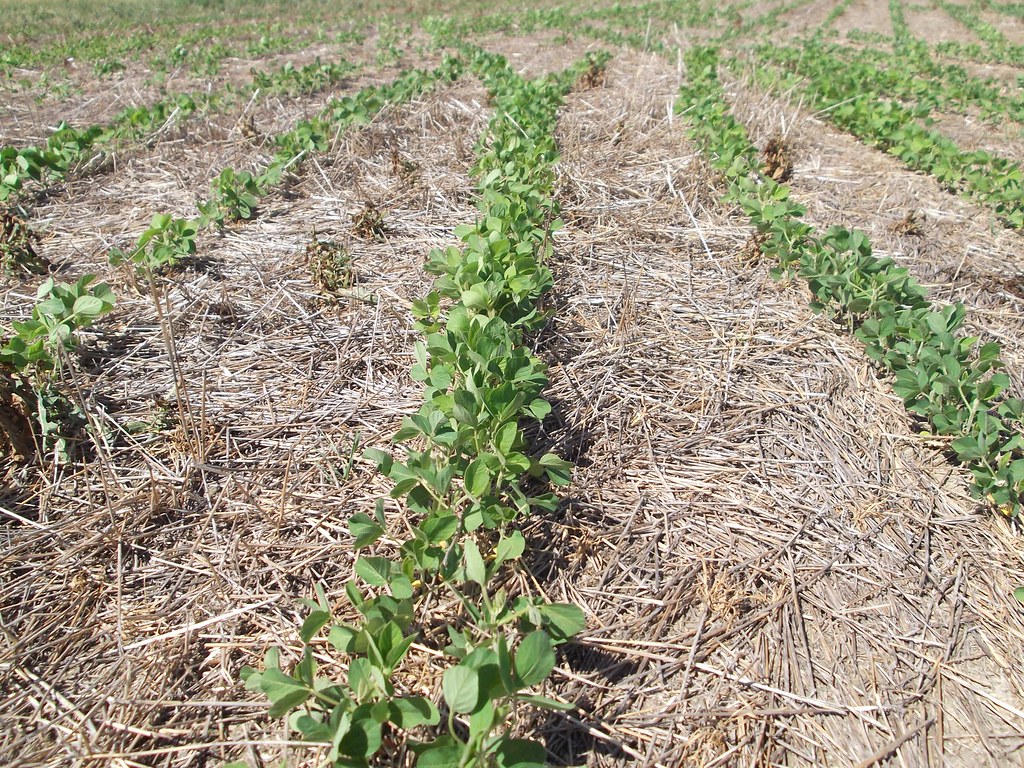
Among many measures taken in response to this ecological disaster, the federal government took steps to improve soil conservation and fight erosion, including the establishment of the Soil Conservation Service, which still exists today as the Natural Resources Conservation Service (NRCS) of the US Department of Agriculture. The government paid reluctant farmers a dollar an acre (equivalent to $22 in 2024) to use the new methods. By 1938, the massive conservation effort had reduced the amount of blowing soil by 65%. Windbreaks known as shelterbelts—swaths of trees that protect soil and crops from wind—were planted, and much of the grassland was restored. By the early 1940s the area had largely recovered. These revolutionary conservation practices became the foundation of modern soil management. At the end of the drought, the programs implemented during the tough times helped sustain a friendly relationship between farmers and the federal government.
Population Decline and Regional Depopulation
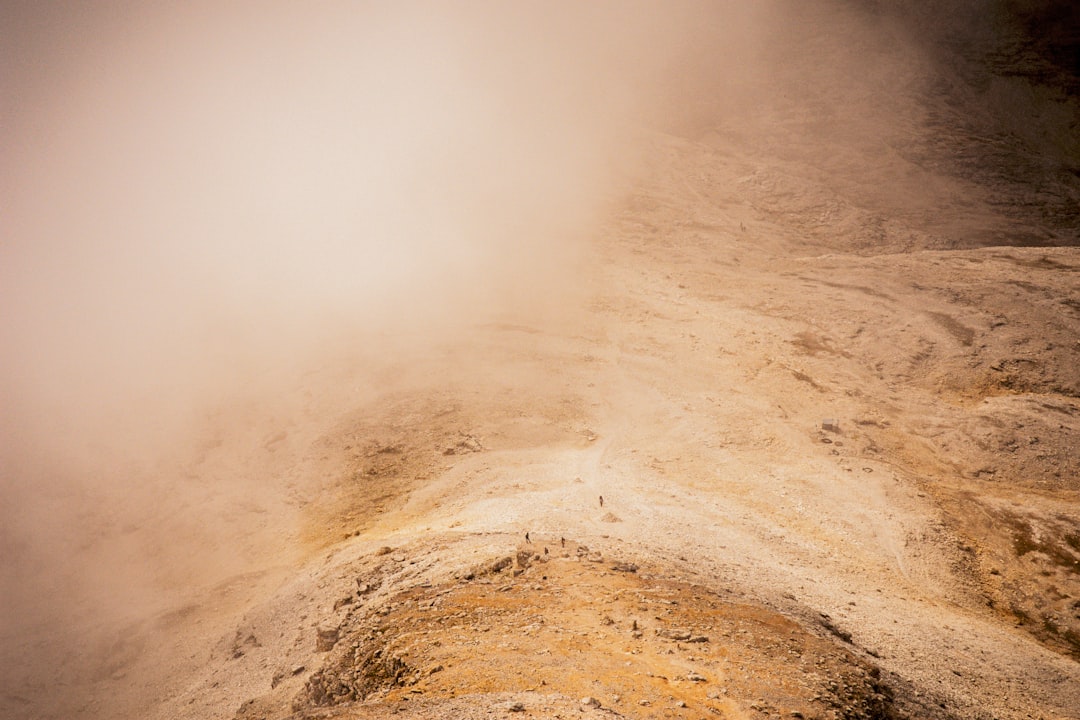
As a result, the region experienced marked depopulation. During the Dust Bowl decade, populations in the most greatly affected counties shrank by 20 percent. The social fabric of entire communities unraveled as neighbors left for distant shores. The resulting dust storms brought widespread devastation, bankrupting farms and forcing an estimated 400,000 people to migrate. Some areas of the Plains remained depopulated and economically depressed for decades to come. Between 1890 and 1930, according to the U.S. population censuses, the population of the Southern Plains states had increased from 4,496,000 to 11,561,000. This growth pattern was suddenly and dramatically reversed, leaving ghost towns scattered across the landscape.
Route 66 as the Highway of Hope and Desperation

Many of these Dust Bowl refugees from the Great Plains traveled along Route 66, known as “the mother road” due to its distinction as the main migrant road, to get to California. The highway became a symbol of American mobility and desperation during the crisis. The Arizona and New Mexico map below from the 1970 National Atlas of the United States shows much of Historic Route 66 (now Interstate 40) which began in Chicago, Illinois and ended in Los Angeles, California, but ran through the center of the Dust Bowl at Amarillo, Texas. Hopeful migrants drove Route 66 to California. What would they do when they arrived? They had a choice to make: Should they live in the city, or should they live in the agricultural valleys? 100,000 Dust Bowl migrants chose to live in Los Angeles; 70,000 chose to live in the San Joaquin Valley. The road represented both escape and uncertain futures for countless families.
Modern Agricultural Erosion Continues the Legacy

In fact, US farms are currently losing twice as much topsoil to erosion per year as the Great Plains lost in a typical year at the height of the 1930s Dust Bowl, one of the most devastating agricultural and social disasters in our history. This sobering reality demonstrates that the lessons of the Dust Bowl remain unlearned. In the United States alone, approximately two billion tons of soil erode from cropland each year, primarily due to water erosion. This loss of topsoil, which is crucial for crop production, not only reduces soil fertility but also contributes to nonpoint source pollution and desertification, impacting surrounding waterways through increased sedimentation and contamination from agricultural chemicals. According to the authors, the most significant loss of the A horizon occurred mainly in soils of the Central Great Plains, on steep slopes and in cultivated soils. The battle against erosion continues today with new urgency.
Conservation Reserve Program’s Modern Legacy
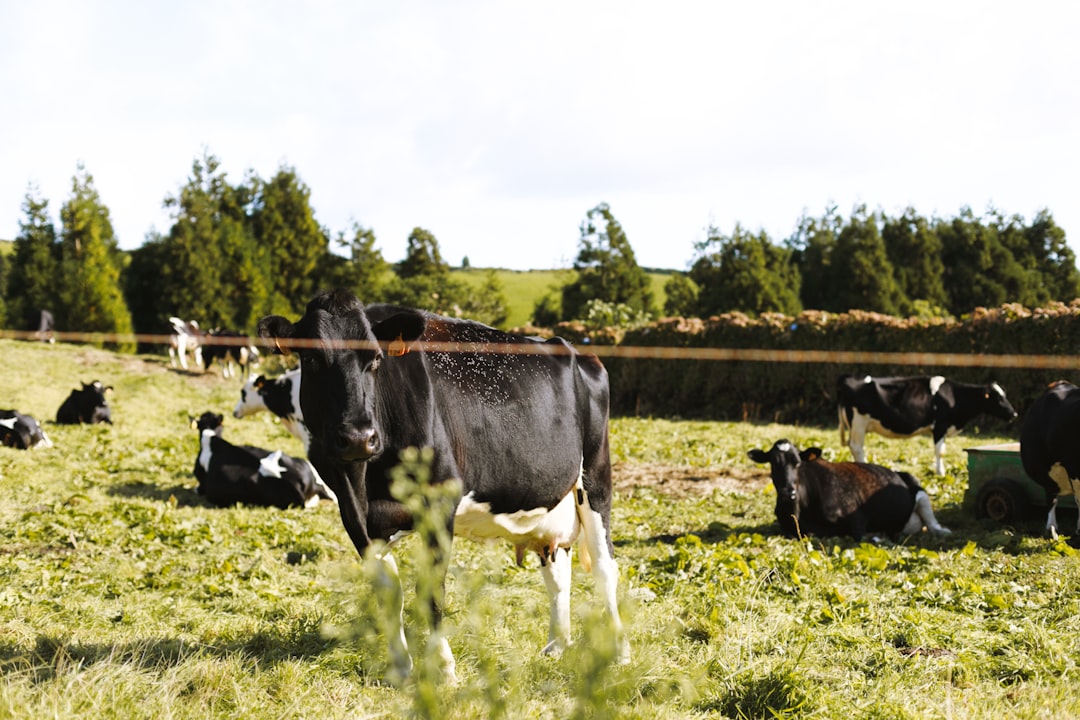
The Conservation Reserve Program (CRP) was one provision of the 1985 Food Security Act designed to protect erosion-prone cropland in the United States. The Great Plains, which contains more than 23 million acres of erosion-prone land and is sometimes called the “CRP Belt,” played a major role in this program. The crp provided farmers the opportunity to receive land rental payments for developing a ten-year contract with the U.S. Department of Agriculture (USDA) to take highly erodible land out of production by planting a permanent cover of grass, legumes, or trees. In the midst of uncertainty about CRP’s future, the program has seen high enrollment in recent years. Nationwide, as of November, there were 26 million acres enrolled in the CRP. Additionally, to target conservation in key geographies, USDA prioritizes land within two National Priority Zones: The Greater Yellowstone Ecosystem and the Dust Bowl area. The 2024 Grassland CRP enrollment has added more than 560,000 acres in the Priority Zones, bringing the total acres to 3.8 million.
Recent Academic Research on Economic Adaptation
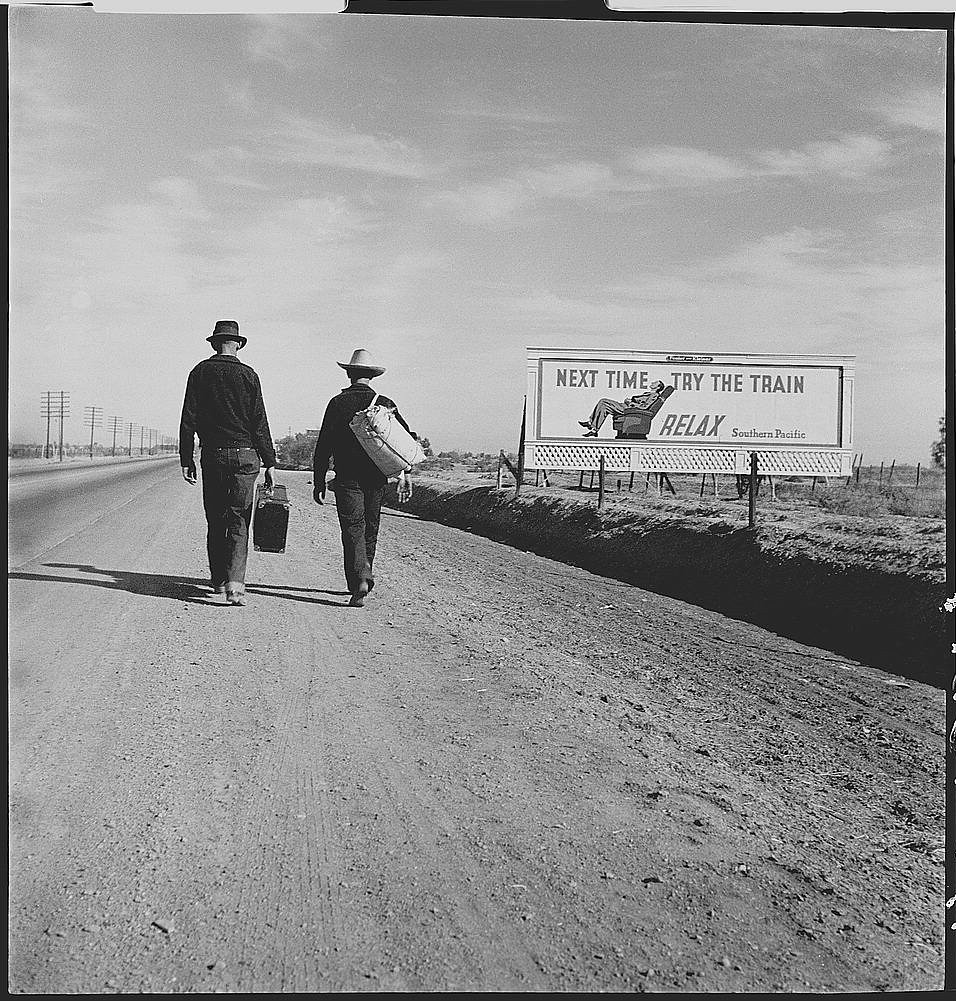
A 2023 study in the Journal of Economic History found that while the Dust Bowl had large and enduring impacts on agricultural land, it had modest impacts on average wage incomes. This finding challenges popular assumptions about the disaster’s long-term economic effects. Table 1 reports that 17 percent of people moved counties between 1935 and 1940 (Panel A, Column (1)), among the 6.5 million sample people living in the 843 Plains counties in 1935. This migration rate is 3.1 percentage points higher for people from high-erosion counties (Panel A, Column (2)) and 1.9 percentage points higher for people from medium-erosion counties (Panel A, Column (3)), relative to people from low-erosion counties. Modern researchers continue to uncover new insights about how communities adapted to environmental catastrophe. The resilience shown by survivors offers valuable lessons for today’s climate challenges.
Contemporary Conservation Practices and Technology

To mitigate these effects, a variety of erosion control methods can be employed, such as creating windbreaks, contour tilling, terracing, and using conservation tillage practices like minimal tillage and no-till farming. Modern farmers have access to sophisticated tools their predecessors could only dream of. The good news is that the same innovative farming practices that can help make our farms more resilient to climate change can also slow the pace of soil loss. It’s vitally important that we shift our nation’s farm policies to support farmers in adopting these practices. Last year, a study sponsored by the National Science Foundation (NSF) and published in the journal Geology found that agricultural activity had produced an astonishing acceleration in the rate of erosion of agricultural soils in five states of the American Midwest: Iowa, Minnesota, South Dakota, Nebraska and Kansas. Before the arrival of modern agriculture, the authors explained, average erosion rates in the US prairies were about 0.04 millimetres per year. Since the advent of modern agriculture to the present, i.e. over the past 160 years, prairie farmland has been subjected to erosion rates up to a thousand times greater.
Cultural Memory and Artistic Documentation
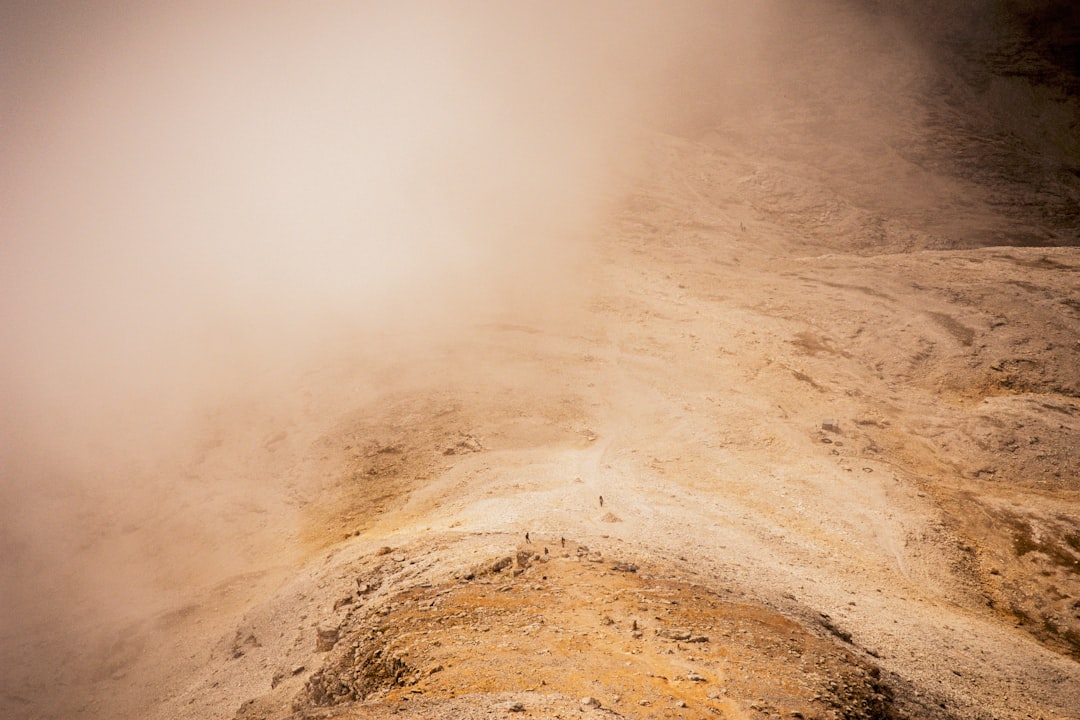
The crisis was documented by photographers, musicians, and authors, many hired during the Great Depression by the federal government. For instance, the Farm Security Administration hired photographers to document the crisis. Artists such as Dorothea Lange were aided by having salaried work during the Depression. She captured what have become classic images of the dust storms and migrant families. The Dust Bowl loomed large in literature, art, and music—from the iconic images of the Farm Security Administration photography corps documenting the plight of Plains farmers and its migrants, to the folk songs of Woody Guthrie, to films like Pare Lorentz’s The Plow that Broke the Plains. Certainly the most enduring depiction in this regard remains John Steinbeck’s The Grapes of Wrath, whose portrayal of the Joad family’s move to California has done so much to shape popular perception of Dust Bowl migration. These artistic works transformed environmental disaster into enduring cultural legacy. The works of John Steinbeck, Dorothea Lange, and Woody Guthrie created an image of the migrant that could not be ignored.
Climate Change and Future Agricultural Risks
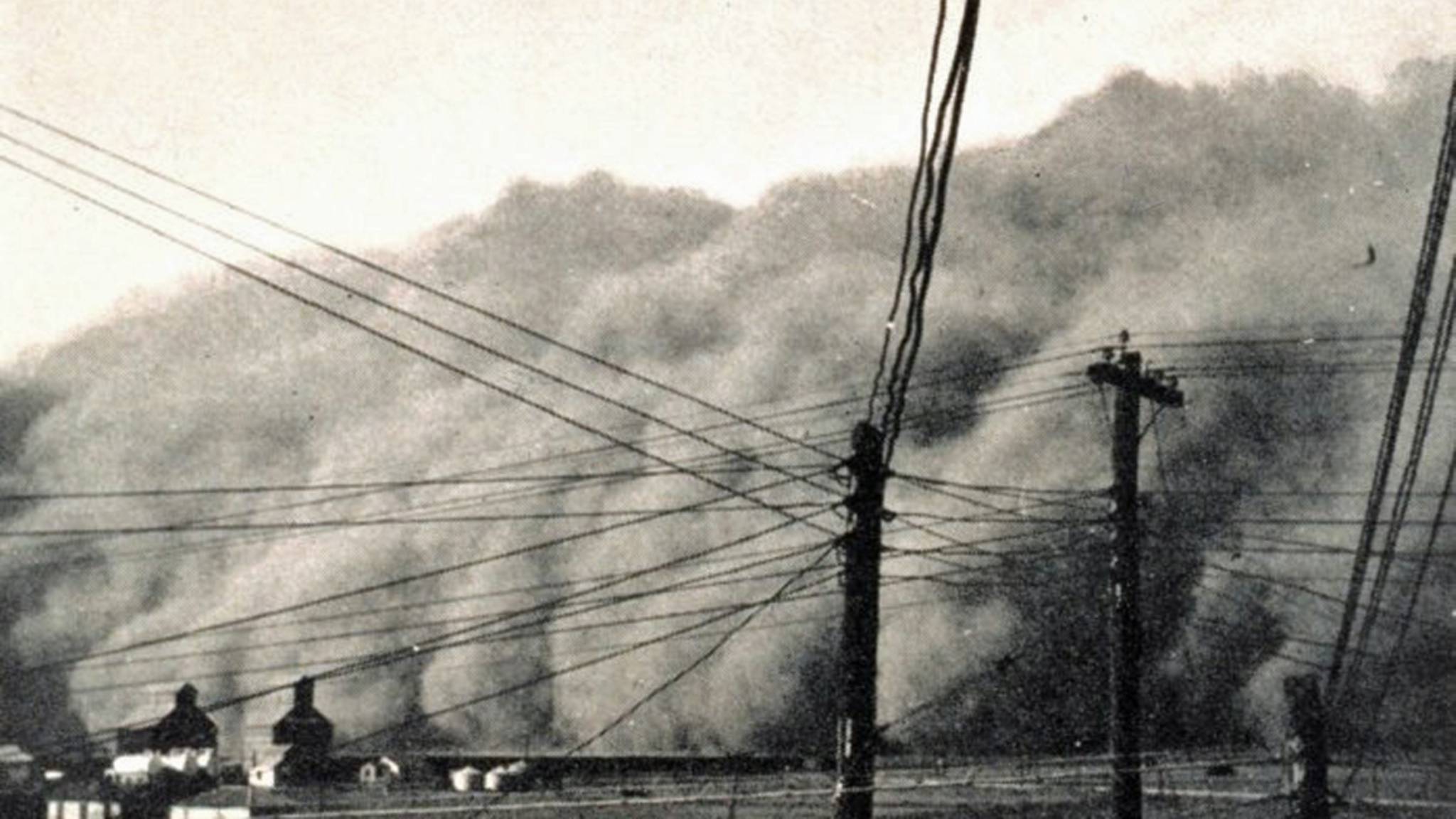
A rise in temperature could shift into the Midwest within the next five years, says Elwynn Taylor, Iowa State University climatologist emeritus. This warning from 2025 suggests that history may repeat itself in devastating ways. And the impacts of climate change will amplify that threat. Climate plays a key role in shaping soil dynamics and soil erosion. This was revealed by a recent research conducted by a group of researchers from several countries that focused on a time horizon of almost seventy years. “Understanding spatio-temporal changes in soil thickness and their natural and anthropogenic driving factors are essential for earth system modeling and natural resource conservation,” the authors explain. As weather patterns become more extreme, the lessons of the 1930s take on renewed urgency. Today’s farmers face similar challenges of drought, wind, and economic pressure that their grandparents experienced nearly a century ago.
The Dust Bowl’s legacy lives on in every conservation practice, every migration story, and every policy designed to protect America’s agricultural future. Its lessons remain as relevant today as they were when the last dust storm finally settled.

